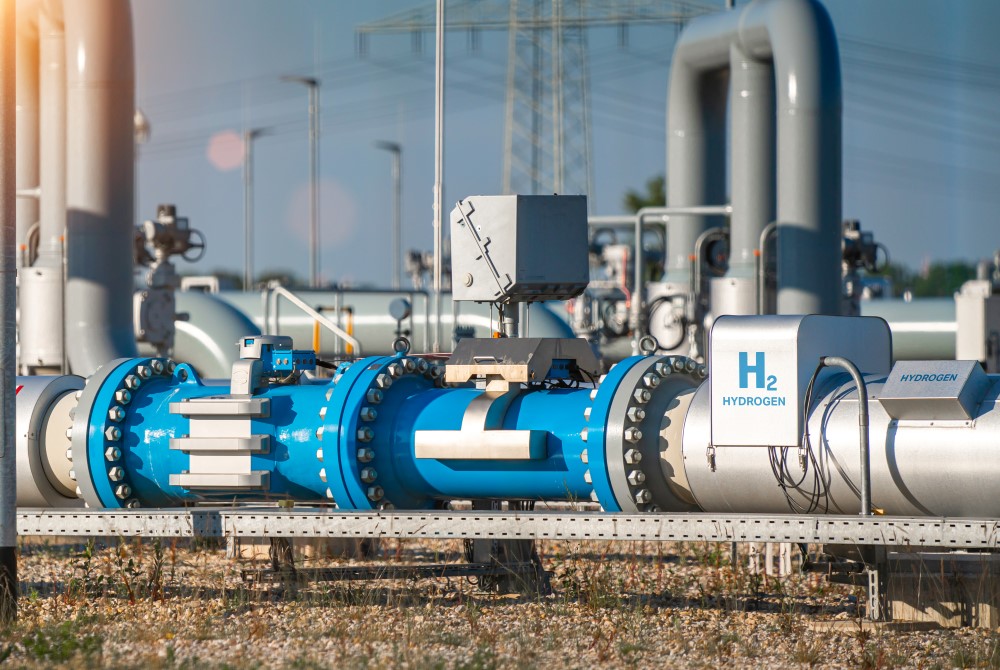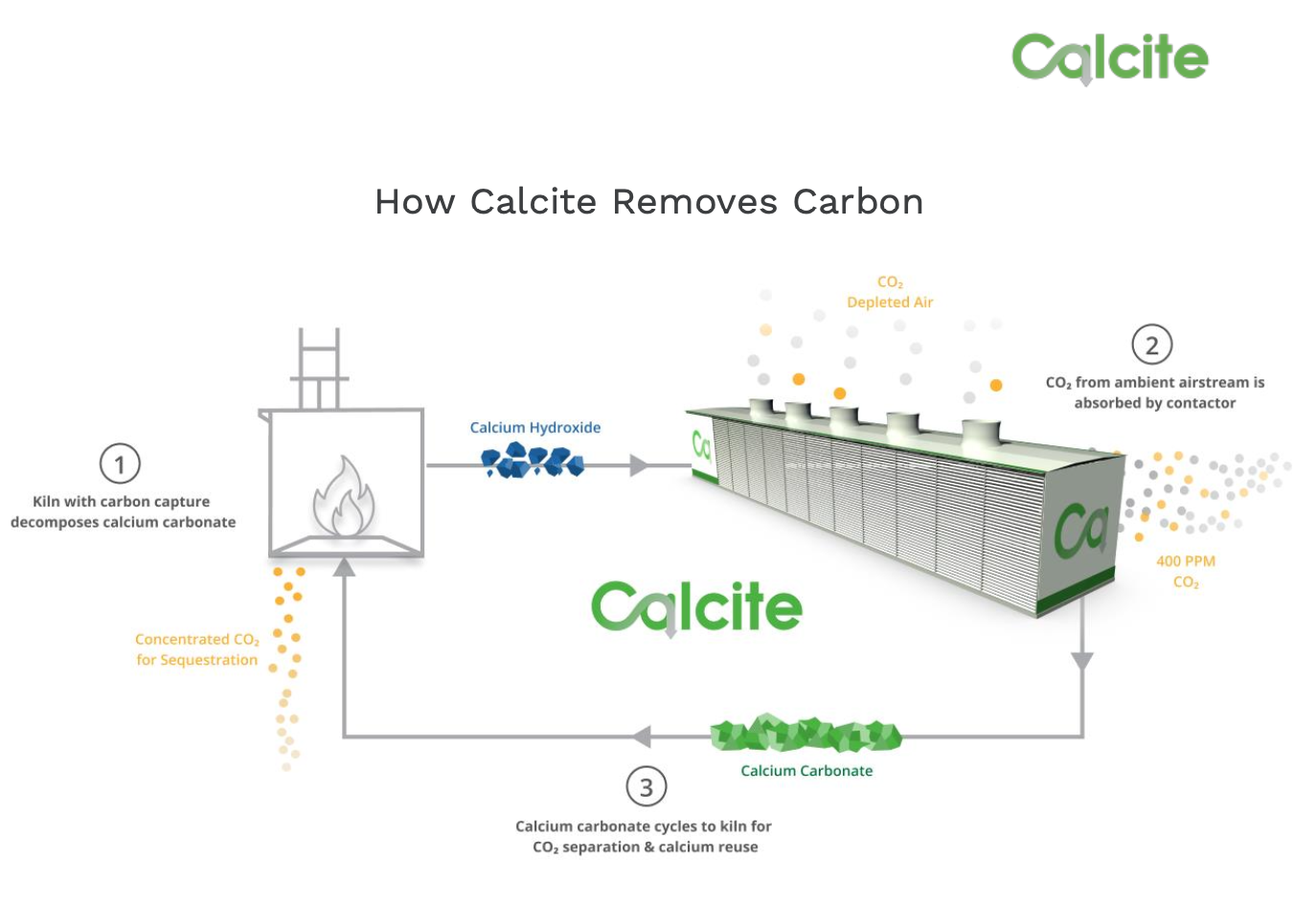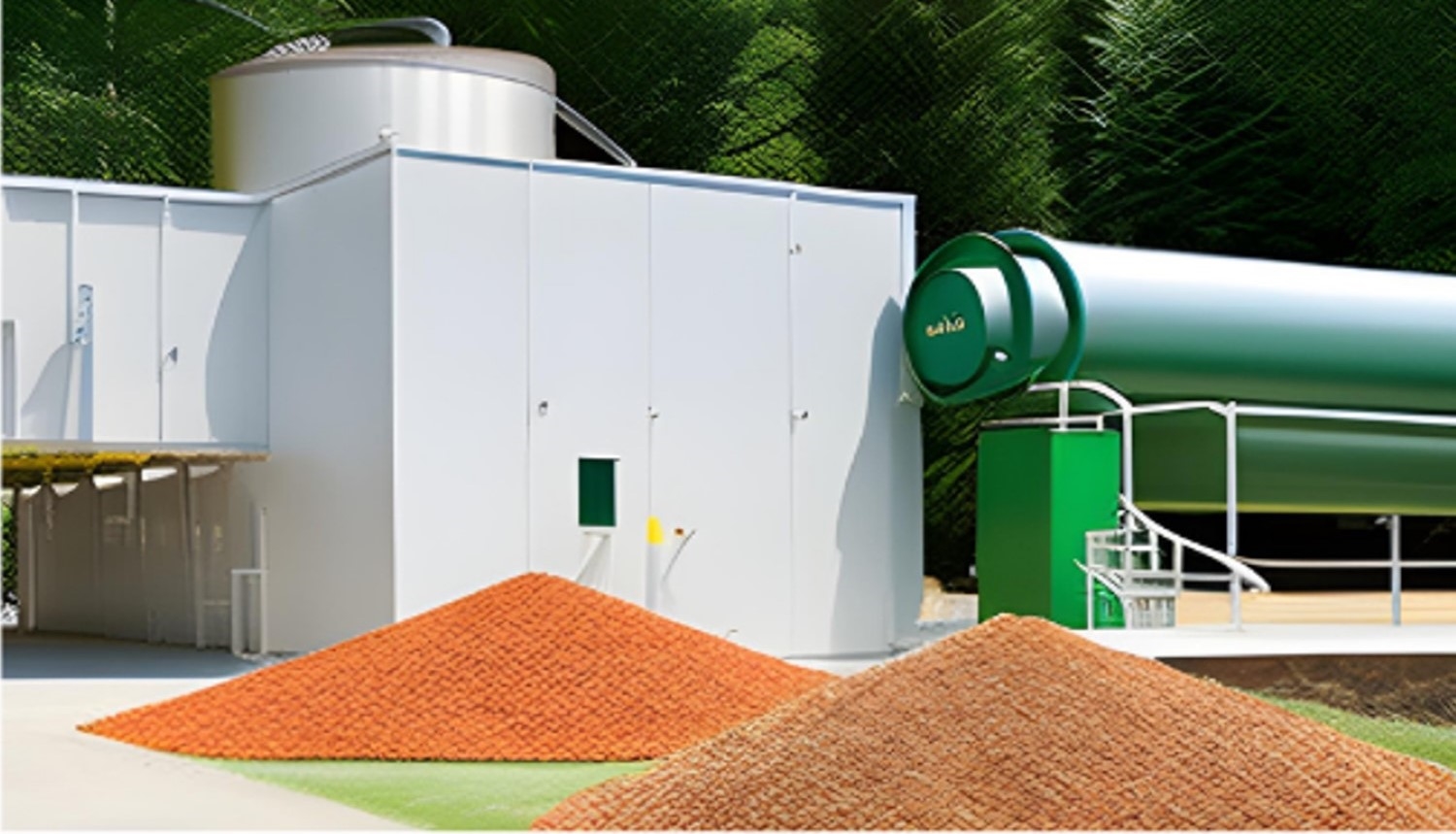The deep decarbonization required to meet global Net Zero goals demands sweeping innovation and world-scale deployment. We hope to accelerate the conversation with the release of our 2023 Net Zero Solutions Report which provides a high-level look at the state of CO2 emissions reduction and carbon removal technologies spanning core areas of the energy transition.
Our report offers an inclusive look at the state of decarbonization and our unique approach to diversified technology development. Rather than developing isolated solutions, we’re creating interconnected systems that reinforce each other to enable rapid decarbonization.
Our report highlights the four pillars of our climate tech portfolio: clean fuels, carbon removal, clean power, and clean industry.
Each area represents enormous challenges that demand creative solutions tailored to market needs.
Below is a preview of the Net Zero Solutions Report and the insights you can uncover within.
Clean Fuels
Clean fuels primarily consist of hydrogen and hydrogen-carrier molecules, such as ammonia. These zero-emissions fuels can be used in cross-sector applications like transportation and hard-to-decarbonize industrial operations. They also can be imported to regions and nations where CO2 storage is not possible, such as South Korea and Japan.
Existing technologies that support the production of clean fuels include:
- Electrolyzers, which use grid-tied or off-grid electricity to split water into oxygen and hydrogen
- Steam Methane Reforming (SMR), a historic production process that uses natural gas as a feedstock and meets heating requirements with carbon fuels
- Autothermal Reforming (ATR), which uses a hydrocarbon feedstock but can use integrated CO2 recovery units along with pure oxygen input to reach 95% carbon capture rates
Clean fuels need to be cost-competitive with carbon-emitting fuels to achieve global uptake. 8 Rivers’ clean fuel solutions, including 8RH2, our ultra-low carbon hydrogen technology, are developed with a focus on minimizing both costs and carbon intensity.
Carbon Removal
To reach Net Zero 2050, reducing emissions from existing processes will not be enough, we must also remove an estimated 1 billion metric tons of CO2 from the air per year. This will require a massive build-out of direct air capture (DAC) capacity.
The technologies that will succeed in this space must be easy and cost-efficient to operate at scale.
Mature approaches to carbon removal include sorbent-based technologies that use solids as the capture material and liquid solvents which typically have a higher temperature heat requirement for regeneration than sorbent-based systems.
Our Calcite DAC process leverages the natural calcium cycle and existing lime supply chains, an approach we believe will accelerate our ability to scale the platform and mitigate new technology risks.
Clean Power
A clean grid is necessary for any meaningful climate impact. Our current grid and energy supply chain is built for traditional, carbon-intensive generation, and new or retrofit facilities require significant upfront capital.
There are a handful of existing clean power generation platforms in use today including renewables like wind, solar and geothermal energy, and nuclear, while others are seeking to decarbonize traditional emitting fuels through Post-Combustion Capture (PCC) and Oxy-Combustion.
8 Rivers’ Allam-Fetvedt Cycle (AFC) is a transformational power cycle that enables the production of affordable, reliable, and emissions-free power from hydrocarbons. AFC is versatile, it can be used with a variety of fuel sources including biomass, which captures atmospheric CO2 during its natural lifecycle.
When biomass is used as a feedstock for the AFC, which has inherent carbon capture, the power generation process can become carbon-negative.
Clean Industry
Industrial emissions from material and chemical production processes remain among the hardest to abate. Post-combustion capture (PCC) technologies pull CO2 from a concentrated stream of exhaust gas and are currently used broadly across industrial processes. This includes advanced amine-based systems and more emerging non-amine systems.
Industrial facilities are not single-process environments, they require multifaceted strategies to abate emissions. 8 Rivers welcomes this challenge and is stepping up to face it with partnerships and technologies that can provide a toolbox of solutions that can bolster cleaner industrial development on a global scale.
The AFC can provide clean electricity to industrial operations, while 8RH2 can provide clean fuel alternatives. Further, our partnership with KC8 Capture Technologies enables heavy industry access to their post-combustion capture process UNO MK 3, a next-generation non-amine solution with attractive cost and toxicity benefits compared to amines.
What’s Next?
With more than 15 years of experience developing and promoting decarbonization solutions to solve our most pressing climate challenges, 8 Rivers is in a unique position to drive the global energy transition forward.
Our Net Zero Solutions Report celebrates the successes of our team and, more importantly, the clean energy industry at large. It also identifies a path forward that leverages funding, partnerships, and favorable legislation to increase the impact of all energy transition technologies and initiatives.
With 2035 in sight and a strong portfolio of platforms, 8 Rivers is ready to become a driving force in industrial decarbonization.
View and download our 2023 Net Zero Solutions report here and please reach out to us if you’d like to discuss how 8 Rivers can help your organization deliver on its Net Zero goals.






